(NLDO) - NASA's Juno spacecraft has found amazing structures on the "alien hell" Io.
New analysis of data from the Jovian Infrared Auroral Mapper (JIRAM) instrument on NASA's Juno spacecraft has revealed mysterious "heat rings" covering Jupiter's moon Io - the most "angry" alien world in the Solar System.
In our solar system, Io - the system's fourth-largest moon - is the only place other than Earth where volcanoes are erupting hot lava.
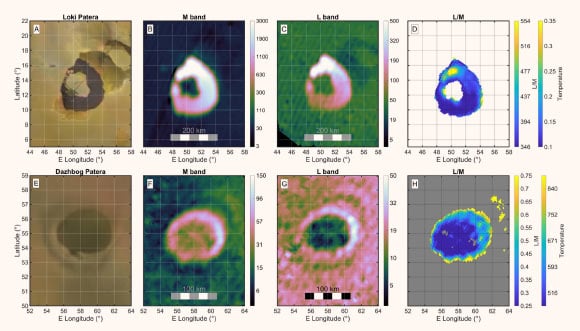
Mysterious "heat rings" on the alien world Io - Photo: NASA
The world has more than 400 active volcanoes, formed and "kept aflame" by tidal heating and gravitational pull from Jupiter and other nearby giant moons.
Although there are many theories about the types of volcanic eruptions on this strange alien world, there is little supporting data.
According to Dr. Alessandro Mura, a member of the Juno mission team, what the spacecraft has just recorded is clear evidence of a familiar structure on Earth: a lava lake.
“In the area of Io’s surface where we have the most complete data, we estimate that about 3% of the surface is covered by one of these molten lava lakes. It’s a large crater formed when the volcano erupted and collapsed,” Dr. Mura revealed.
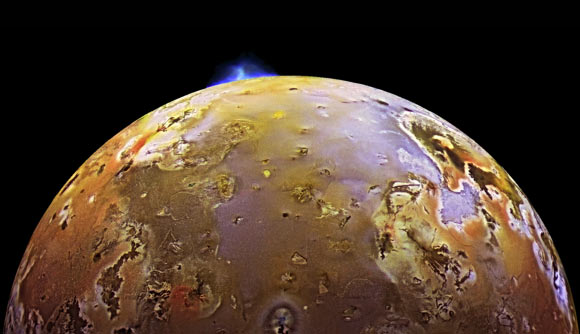
Io's volcanically jagged surface - Photo: NASA
The new data not only highlights the abundant lava reserves on Io, but also provides a glimpse into what might be going on below the surface, including the circulation of lava flows.
Infrared images of some of Io's lava lakes show a thin lava ring at the boundary between the central crust covering most of the lava lake and the lake wall.
The prevalence of "thermal rings" may suggest that the most common type of volcanic activity on Io may be eruptions from these giant lava lakes, according to Dr. Mura.
The lava was forced to break away from the lake wall, forming the typical lava ring seen in lava lakes in Hawaii, a tourist island known not only for its white sand beaches but also for its spectacular volcanic park.
This once again shows how similar volcanic activity on Io can be to Earth.
Therefore, Io is also a "laboratory" through time for humanity to learn more about the early Earth, when volcanic activity was much more devastating and frequent than today.
The new findings were recently published in the scientific journal Nature Communications.
Io and Jupiter's three other "Galilean moons" - Europa, Ganymede and Calisto - are alien worlds that scientists have been closely monitoring, each with its own unique characteristics.
Europa is considered one of the prime candidates for alien life, while Ganymede is larger than Mercury and has a powerful magnetic field. Ganymede and Calisto are also thought to be potentially habitable, though less so than Europa.
Source: https://nld.com.vn/soc-voi-khung-canh-giong-hawaii-o-the-gioi-ngoai-hanh-tinh-19624062909113306.htm




![[Photo] The road connecting Dong Nai with Ho Chi Minh City is still unfinished after 5 years of construction.](https://vphoto.vietnam.vn/thumb/1200x675/vietnam/resource/IMAGE/2025/11/04/1762241675985_ndo_br_dji-20251104104418-0635-d-resize-1295-jpg.webp)
![[Photo] Ho Chi Minh City Youth Take Action for a Cleaner Environment](https://vphoto.vietnam.vn/thumb/1200x675/vietnam/resource/IMAGE/2025/11/04/1762233574890_550816358-1108586934787014-6430522970717297480-n-1-jpg.webp)
![[Photo] Panorama of the Patriotic Emulation Congress of Nhan Dan Newspaper for the period 2025-2030](https://vphoto.vietnam.vn/thumb/1200x675/vietnam/resource/IMAGE/2025/11/04/1762252775462_ndo_br_dhthiduayeuncbaond-6125-jpg.webp)
![[Photo] Ca Mau "struggling" to cope with the highest tide of the year, forecast to exceed alert level 3](https://vphoto.vietnam.vn/thumb/1200x675/vietnam/resource/IMAGE/2025/11/04/1762235371445_ndo_br_trieu-cuong-2-6486-jpg.webp)


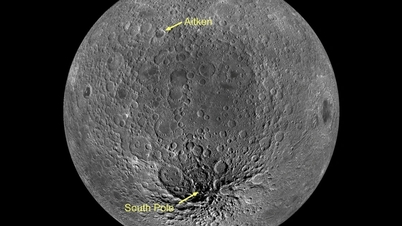

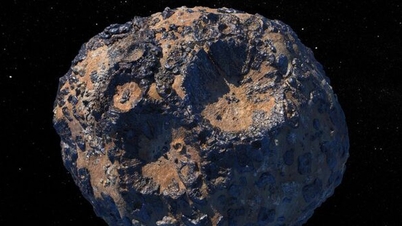


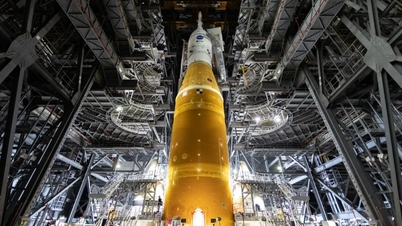
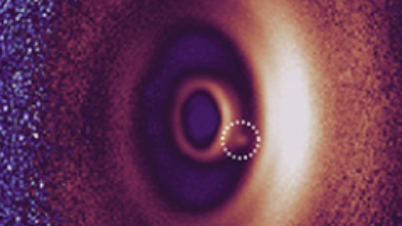





![[INFOGRAPHIC] HP OmniBook 7 Aero 13”, smart security](https://vphoto.vietnam.vn/thumb/402x226/vietnam/resource/IMAGE/2025/11/04/1762263280437_info-hp-02-jpg.webp)




















































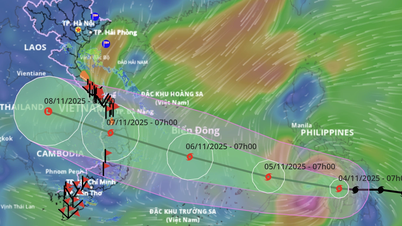





























Comment (0)